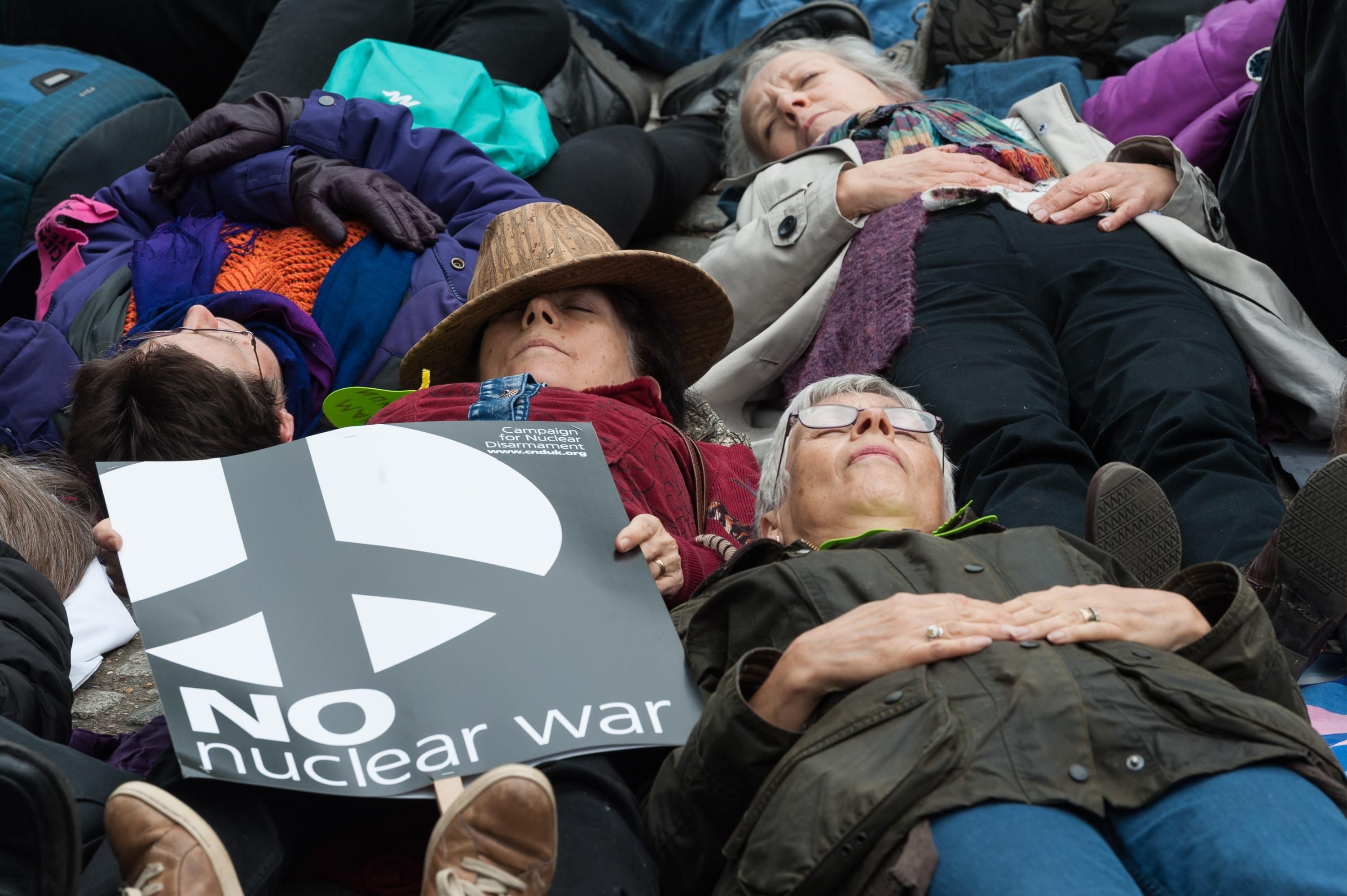Biden’s unhinged call for regime change in Russia
They were nine words about Russian President Vladimir Putin that shook the world: “For God’s sake, this man cannot remain in power.”
Ever since Joe Biden ended his speech in Poland on Saturday night by making one of the most dangerous statements ever uttered by a U.S. president in the nuclear age, efforts to clean up after him have been profuse. Administration officials scurried to assert that Biden didn’t mean what he said. Yet no amount of trying to “walk back” his unhinged comment at the end of his speech in front of Warsaw’s Royal Castle can change the fact that Biden had called for regime change in Russia.
They were nine words about Russian President Vladimir Putin that shook the world: “For God’s sake, this man cannot remain in power.”
With a reckless genie out of the bottle, no amount of damage control from the president’s top underlings could stuff it back in. “We do not have a strategy of regime change in Russia, or anywhere else, for that matter,” Secretary of State Antony Blinken told reporters on Sunday. Such words might plausibly have less than full weight; Blinken was chief of staff at the Senate Foreign Relations Committee when, in mid-2002, then-Senator Biden wielded the gavel at crucial hearings that completely stacked the witness deck in support of the subsequent U.S. invasion of Iraq, with the explicit goal of regime change.
The USA’s commander in chief, brandishing the power to launch one of the world’s two biggest nuclear arsenals, would be out of his mind to consciously announce a goal of dethroning the leader of the world’s other nuclear superpower. Worst case would be that he was blurting out his government’s actual secret goal, which would not speak well of impulse control.
But it’s not much more reassuring to think that the president simply got carried away with his emotions. The day after, that was part of the messaging from Biden’s cleanup detail. “Administration officials and Democratic lawmakers said Sunday the off-the-cuff remark was an emotional response to the president’s interactions in Warsaw with [Ukrainian] refugees,” the Wall Street Journal reported.
However—before the cosmetics began to cover Biden’s unscripted statement—the New York Times provided a quick news analysis under the headline “Biden’s Barbed Remark About Putin: A Slip or a Veiled Threat?” The piece, by seasoned establishment reporters David Sanger and Michael Shear, noted that Biden’s off-script close to his speech came with “his cadence slowing for emphasis.” And they added: “On its face, he appeared to be calling for President Vladimir V. Putin of Russia to be ousted for his brutal invasion of Ukraine.”
Mainstream journalists have avoided putting a fine point on the likelihood that World War III just got closer thanks to Biden’s words, whether or not they were “a slip” or “a veiled threat.” In fact, it might never be possible to know which it was. But that ambiguity underscores that his slip and/or threat was mind-blowingly irresponsible, endangering the survival of humanity on this planet.
Outrage is the appropriate response. And a special onus is on Democrats in Congress, who should be willing to put humanity above party and condemn Biden’s extreme irresponsibility. But prospects for such condemnation look bleak.
Biden’s impromptu nine words underscore that we must not take anything for granted about his rationality. Russia’s murderous war in Ukraine does not give Biden any valid excuse to make a horrendous situation worse. On the contrary, the U.S. government should be determined to promote and pursue negotiations that could end the killing and find long-term compromise solutions. Biden has now made it even more difficult to pursue diplomacy with Putin.
Activists have a special role to play—by emphatically insisting that members of Congress and the Biden administration must focus on finding solutions that will save Ukrainian lives as well as put a stop to the slide toward military escalation and global nuclear annihilation.
To even hint that the U.S. is seeking regime change in Russia—and to leave the world wondering whether the president is slipping or threatening—is a form of imperial insanity in the nuclear era that we must not tolerate.
“I’m addressing the people in the United States,” former Greek finance minister Yanis Varoufakis said during an interview on Democracy Now just one day before Biden’s speech in Poland. “How many times have an attempt by the American government to effect regime change anywhere in the world worked out well? Ask the women of Afghanistan. Ask the people of Iraq. How did that liberal imperialism work out for them? Not very well. Do they really propose to try this out with a nuclear power?”
Overall, in recent weeks, President Biden has jettisoned all but the flimsiest pretenses of seeking a diplomatic solution to end the horrors of the war in Ukraine. Instead, his administration keeps ratcheting up the self-righteous rhetoric while moving the world closer to ultimate catastrophe.







